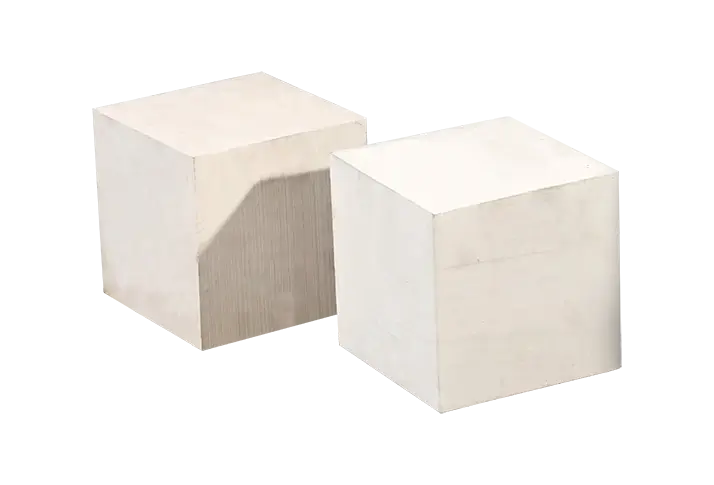As someone deeply immersed in the world of industrial materials, I’ve had the privilege of observing the incredible utility of Electric-Fusion AZS bricks. These specially fabricated bricks are not just standard refractory solutions; they bring unique benefits that set them apart, particularly in harsh high-temperature settings. Today, I want to share insights into their advantages and real-world applications.
One of the standout features of Electric-Fusion AZS bricks is their exceptional chemical resistance. These bricks are often subjected to extreme environments where other materials may falter. For instance, during my visits to various industrial sites, I witnessed firsthand how these bricks not only withstand intense heat but also resist corrosive compounds that could easily erode traditional refractories.
Let me take you on a journey through a few compelling application cases. In one notable instance, a high-temperature glass melting furnace utilized Electric-Fusion AZS bricks. The results were impressive: after prolonged exposure to intense temperatures and corrosive glass materials, the bricks maintained their structural integrity far better than anticipated. This outcome is a testament to their ability to endure rigors that other refractories simply couldn’t.
In another instance, AZS bricks were deployed in a foundry where molten metals were processed. The enduring quality of these bricks minimized downtime due to wear and tear, facilitating smoother operations and increased productivity. Witnessing this impact left me with a profound appreciation for how such materials could influence industrial efficiency.
From observing their resilient performance in high-stress environments, it’s evident that Electric-Fusion AZS bricks are not merely bricks; they are a vital component in ensuring longevity and reliability in industrial applications. With their outstanding chemical resistance and resilience, these bricks have earned their stripes as a trusted solution for industries that thrive on durability and performance. As we continue to evolve and innovate, I’m excited to see how these remarkable materials will shape the future of industrial applications.

